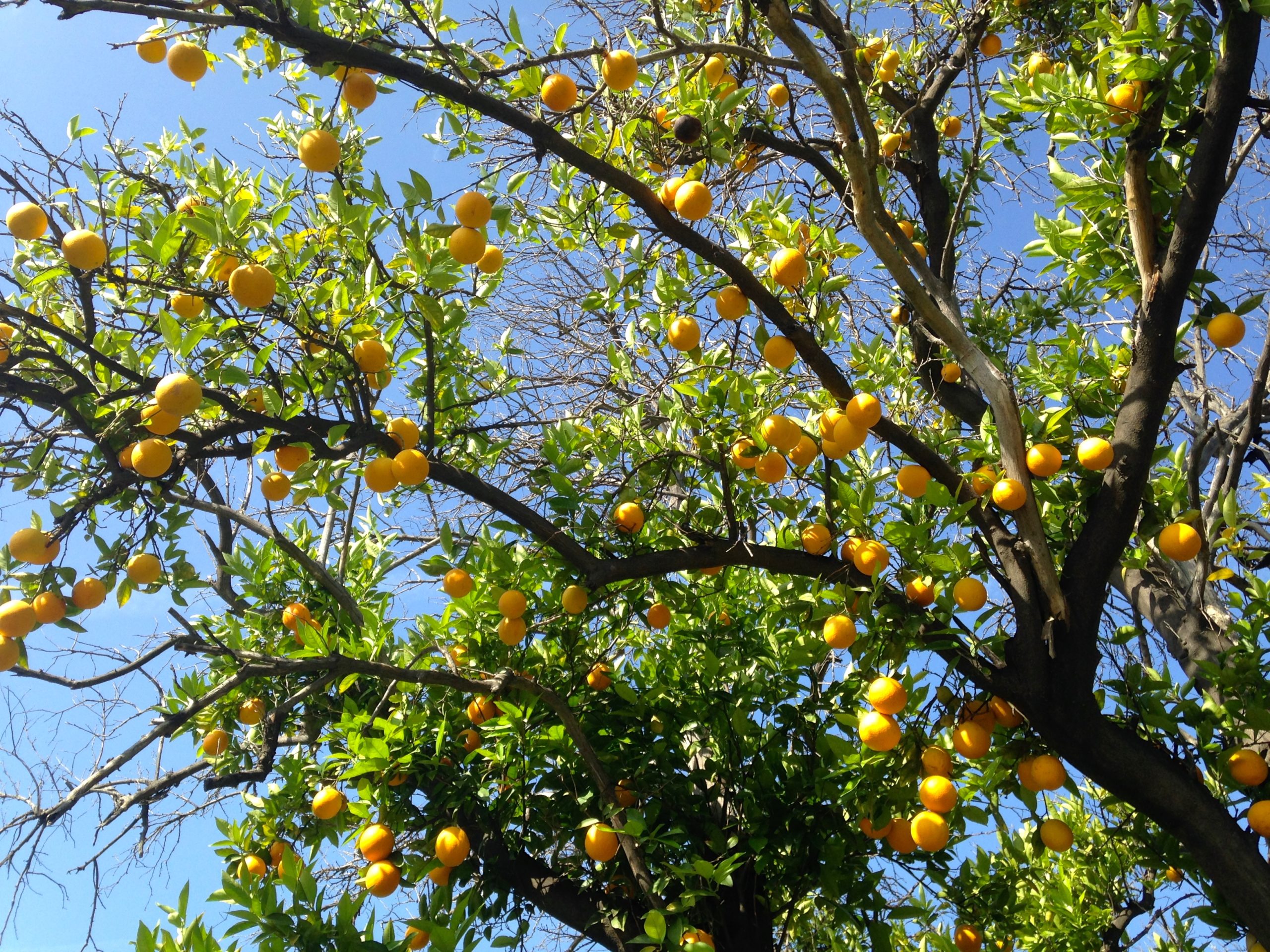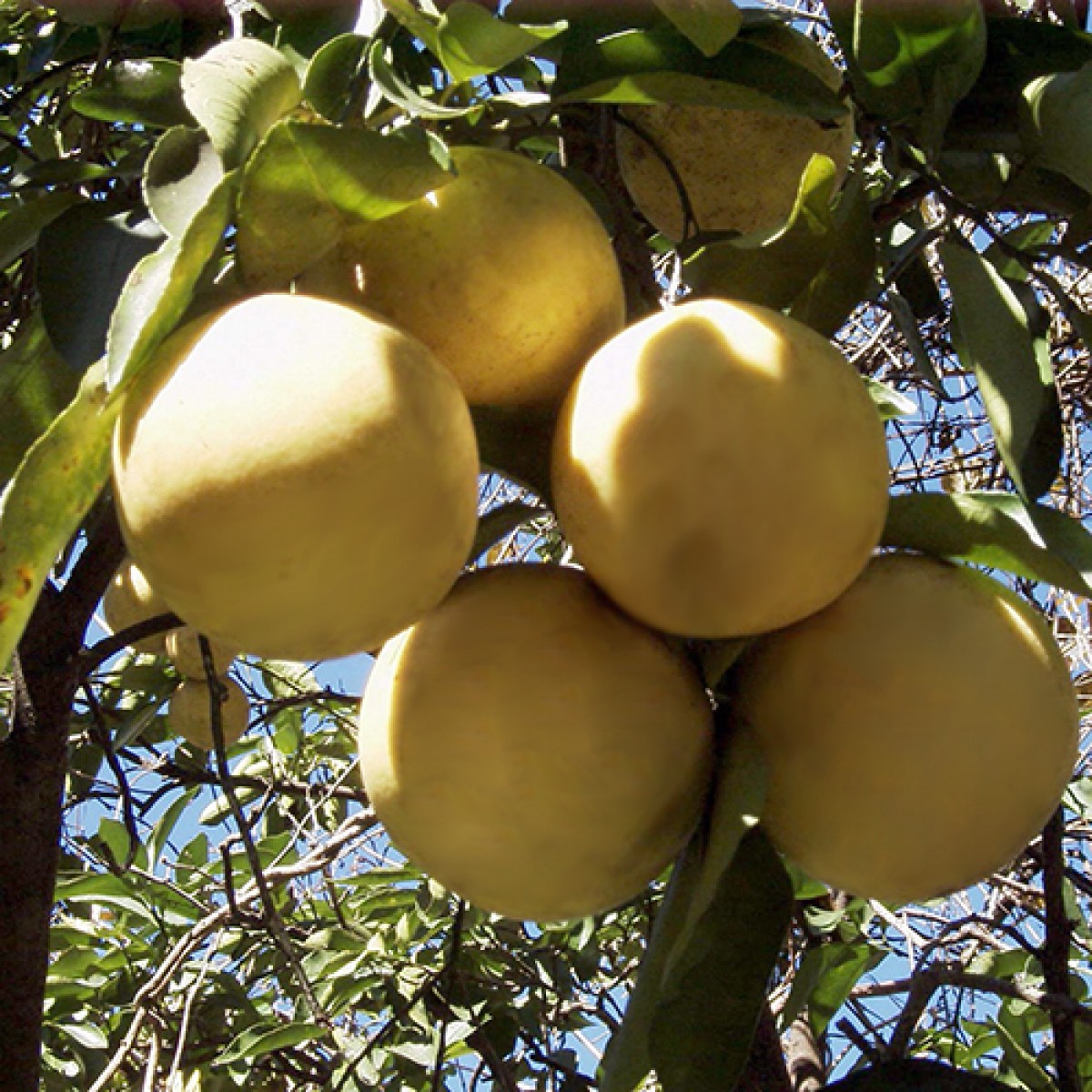

Grapefruit is monoecious, or self-pollinating with a single tree you should still be able to harvest fruit. Feed throughout the growing season, as the package directions indicate. However, with the subdivision craze having resulted in the choping up of land, not every section will now (but should) have its own grapefruit tree. Fertilize your Ruby Red grapefruit tree with a well-balanced, slow-release product intended for citrus trees. There has to be a good reason for our Ancestors to have placed such importance on the planting of this tree. Grapefruit forms a core part of the "grapefruit diet", the theory being that the fruit' s low glycaemic index is able to help the body's metabolism burn fat.Īnd we all like to watch our weight! But beautiful bods aside, it seems to me that the Gorgeous Grapefruit was planted on the classic Kiwi quarter acre even before the Luscious Lemon. Studies have shown grapefruit helps lower cholesterol and there is evidence that the seeds have low levels of antioxidant properties. It is a good source of vitamin C, pectin, fibre, and the pink and red hues contain the beneficial antioxidant lycopene. Any fruit set in the first or second years should be removed to direct all its energy into growth.Grapefruit is an excellent source of many of the nutrients and phytochemicals necessary for a healthy diet. Keep in mind that newly planted grapefruit trees will take at least three years before producing quality fruit. Depending on the size of your container, your fruit tree should. Over-ripened fruit, which may appear lumpy, should be discarded. Mathew is spot on regarding the dusty mold on your grapefruit tree. The longer the fruit remains on the tree, however, the larger and sweeter it becomes. Once the fruits have turned yellow or gold in color, they’re ready for picking. Generally, harvesting takes place in fall. Grapefruit trees are robust with densely packed green foliage with large yellow. Generally, blankets, tarps, or burlap provide adequate winter protection. Grapefruit is said to be a natural cross between an orange and a pummelo. Although many people prefer to simply mulch around the tree, it is advisable to leave at least a foot (31 cm.) of space between the trunk and mulch to avoid any problems with root rot. Winter protection may be needed for areas prone to frost or freezing. You can also add light fertilizer during irrigation every four to six weeks.ĭon’t prune your tree unless removing old weakened or dead branches. Then you can begin watering deeply once a week, except during dry periods when additional water may be needed. After planting, you should water every few days for the first couple weeks. While minimal, grapefruit tree care is essential to maintain its overall health and production. Also, be sure that the bud union remains above the soil.

Setting it any lower will lead to standing water and cause rotting. The white, scented flowers of these citrus trees are usually in bloom in spring and after sometime give way to green fruit that mature in winter. Keep the soil level with the surrounding area or slightly mound it. Then water the soil and allow it to settle before backfilling with the remaining soil. After placing the tree in the hole, backfill halfway with soil, firmly pressing down to squeeze out any air bubbles. Keep in mind that those planted in spring must contend with the heat of summer while fall-planted trees must endure the hardships of unseasonably cold winters.ĭig the planting hole both wide and deep enough to accommodate the roots. Grapefruit trees can be planted in spring or fall, depending on where you’re located and what works best for you and your region’s conditions. The trees produce large fruits year round that are very nutritious.
#GRAPEFRUIT TREE FULL#
Keep the tree at least 12 feet (4 m.) from buildings, walks, driveways, etc. They grow well in the full sun and soil that drains well. For instance, when planting a grapefruit tree, an area on the southernmost side of the home not only offers the most sun but also provides optimal winter protection. Choosing a suitable location is also important. Planting Grapefruit TreeĪlways get the planting area ready beforehand, amending the soil if necessary. Grapefruit trees also prefer well-draining, loamy soil.

This means growing them in temperate or tropical-like regions in full sun - preferably in USDA plant hardiness zones 9 and up, though some success can be achieved in zones 7 and 8 with suitable care. Where do grapefruit trees grow Grapefruits are native to tropical and subtropical areas but will grow in Zones 9-11 outdoors or in a container in colder areas. In order to properly grow grapefruit, you need to provide relatively warm conditions both day and night. Successful gardening usually depends on providing plants with ideal growing conditions. While growing a grapefruit tree may be somewhat tricky for the average gardener, it’s not impossible.


 0 kommentar(er)
0 kommentar(er)
